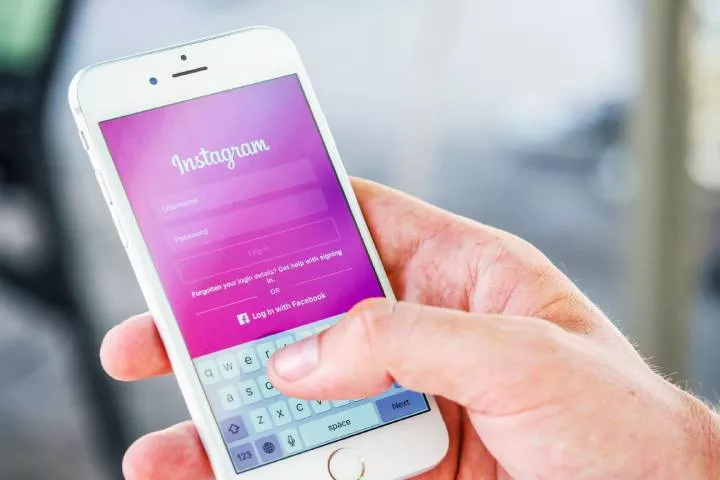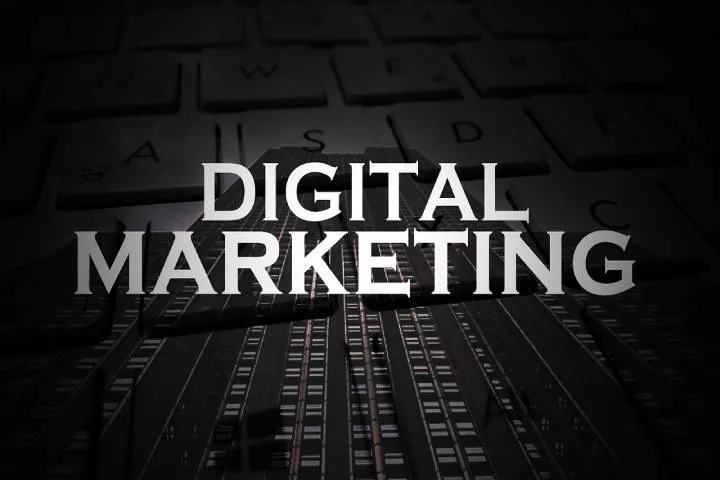Workplace
Use Active Listening to Boost Your Productivity
This article explores the true definition of active listening and how it can boost your productivity. To define active listening, we should first understand its opposite:

“Active Listening” has become a bit of a buzz phrase as of late – it’s something every workplace blog says that you should focus on, even if they never tell you why. One overlooked benefit of active listening practices is productivity – becoming an active listener makes nearly every part of your work, social, and home life more productive.
This article explores the true definition of active listening and how it can boost your productivity.
Table of Contents
1. What is Active Listening?
To define active listening, we should first understand its opposite: Passive listening. Most people are, by default, passive listeners. But that doesn’t mean it has to stay that way.
Passive listening involves listening to someone without reacting, acknowledging, or giving full attention. It’s the listening most of us are accustomed to giving and receiving, even though it isn’t what we all necessarily enjoy.
On the other hand, active listening is a form of listening where the person is engaged in listening, reacting, and acknowledging. It also involves asking clarifying and probing questions to arrive at a deeper understanding. Full attention is being paid to the person speaking, and the listener is forming thoughts and reactions in their head as they listen along.
This type of listening is what people desire, need, and appreciate. This type of listening is what Maryland Attorney Alex Brown says helps him connect with his clients on a deep level: “I take the time to hear everything they are saying, and I ask probing questions to truly understand not only their problems but also their proposed solutions and the plans they are trying to achieve.”
This is an excellent example of active listening in the real world: Brown doesn’t do anything magical. He gives his full attention to clients, asks clarifying questions, and works to understand people truly.
To put it simply: the more active you are as a listener, the more you can empathize, help, and connect with the person you’re listening to.
2. 4 Benefits of Active Listening
a. It Makes People Feel Valued
It’s comfortable to tell when someone isn’t listening to you. When people see you are actively listening to them, they feel as though they are essential to you, and their words have real meaning. It’s a powerful thing that can make a big difference in every conversation you’re a part of.
b. It Helps You Intuit Solutions
When listening to someone intently, you get a more profound sense of the problems they are facing. This makes it easier to intuitively find solutions tailored to the person and circumstance. Passive listeners cannot reach those depths and are forced to give cookie-cutter answers.

c. It Builds Trust Instantly
When you’re an active listener, people are much more likely to trust you, no matter the situation. If you’re helping a friend through a problem, it’s easier for them to trust you with a presented solution. If you’re trying to sell a product, it’s easier for the prospect to trust that you have their best interests in mind when they know you understand them. The list goes on.
d. It Helps You Avoid Misunderstandings
Misunderstandings can easily get blown way out of proportion, but they all start with one tiny mistake: a failure to listen. Part of listening means asking clarifying questions to avoid miscommunications. If you become an active listener, you will notice the friction in your conversations drop considerably.
3. How Does Active Listening Improve Productivity?
Active listening makes you a more productive person in all areas of your life. This is true not because of what it adds to your abilities but rather what it keeps off your plate.
You’ll avoid miscommunications and misunderstandings because you took the time to understand everything said entirely. When it comes time to present ideas and solutions, your offerings will be much more on track than if you had listened passively, saving you time and frustration. And, you’ll strengthen all the relationships around you, whether in business, social, or family life.
Becoming an active listener takes lots of work, patience, and practice, but the payoff is exponential.
Think about it: how many people in your life do you only speak to once and never again? That’s right, very few. Being an active listener boosts the conversation you have with a person today, making every following conversation that much better.
Take some time to consider how you can become a better active listener today – you won’t regret it, and your coworkers, clients, friends, and family will feel the benefits.
Technology
The Role of Advanced Control Systems in Enhancing Industrial Safety
In this blog post, we’ll explore the critical role of these switches in enhancing safety, dive into their real-world applications, and discuss the benefits they bring to various industrial settings.

In the world of industrial automation, safety isn’t just a priority; it’s a necessity. As industries increasingly embrace automation technologies, the focus on operator safety has intensified. Advanced control systems, particularly palm and foot switches, have emerged as essential tools in this safety-centric landscape.
In this blog post, we’ll explore the critical role of these switches in enhancing safety, dive into their real-world applications, and discuss the benefits they bring to various industrial settings.
Table of Contents
1. Elevating Safety with Ergonomic Design
Palm and foot switches stand out for their ergonomic design, tailored to minimize physical strain and maximize safety. In an industrial setting where precision and quick response are paramount, these switches offer a unique blend of comfort and functionality.
Palm switches, often mounted on machinery or workstations, allow operators to activate or deactivate equipment with a simple palm press. This design ensures that operators can react swiftly in critical situations, significantly reducing the risk of accidents.
Foot switches take this a step further by enabling hands-free operation. In environments where operators need to manage multiple tasks simultaneously, foot switches provide a vital safety net. They allow operators to control machinery while keeping their hands free for other essential tasks, thereby enhancing overall safety and operational efficiency.
2. Real-World Applications: Safety in Action
The real-world applications of palm and foot switches are vast and varied. In the automotive industry, for instance, assembly lines often integrate foot switches for tasks like pressing parts together or operating welding equipment. This hands-free control not only speeds up the assembly process but also ensures that operators can swiftly move away in case of malfunctions, safeguarding against injuries.
In the realm of manufacturing, palm switches are commonly used in equipment like press brakes or punch presses. By requiring an operator to use both hands to activate the machine, these switches prevent accidental activation, ensuring that hands and fingers are safely away from moving parts.
3. Beyond Safety: Enhancing Efficiency and Productivity
While safety is the primary benefit of palm and foot switches, their impact on efficiency and productivity cannot be overstated. By streamlining operations and reducing the physical effort required from operators, these switches contribute significantly to a more productive work environment. They not only safeguard the workforce but also optimize operational flow, leading to quicker turnaround times and higher output quality.

In industries where time is of the essence, such as packaging and logistics, the efficiency brought about by these ergonomic switches translates into a competitive advantage. They enable quicker response times, reduce operator fatigue, and contribute to a smoother, more efficient production line.
4. Adapting to Diverse Industrial Environments
The adaptability of palm and foot switches to various industrial environments is a key aspect of their design. These switches are not one-dimensional; they cater to a wide range of industrial applications. For instance, in the textile industry, foot switches are used to control sewing machines, allowing operators to adjust speed and function hands-free. Similarly, in the field of metalworking, palm switches are integral to ensuring precision and safety in equipment like hydraulic presses, where precise pressure application is critical.
This versatility extends to more specialized industries as well. In the pharmaceutical sector, where contamination control is essential, palm and foot switches offer a sanitary way to operate machinery without direct hand contact. Their robust construction also ensures they withstand the rigors of heavy industrial use, including exposure to dust, moisture, and extreme temperatures, making them reliable tools in virtually any industrial setting.
5. The Future of Automation: Integrating Smart Technologies
Looking ahead, the integration of smart technologies with palm and foot switches is set to revolutionize industrial automation. Imagine foot switches equipped with sensors that not only activate machinery but also gather data on usage patterns, helping to optimize workflow and maintenance schedules. Similarly, palm switches could incorporate touch-sensitive screens or biometric authentication for enhanced security and personalized settings.
These advancements would not only elevate the functionality of these switches but also contribute to the broader goals of Industry 4.0, such as increased automation, improved data exchange, and smarter manufacturing processes. The potential for these switches to integrate with IoT devices and cloud-based systems opens up a new realm of possibilities for remote monitoring and control, further enhancing safety and efficiency in industrial operations.
As we move into this new era of smart automation, the role of palm and foot switches will continue to evolve, underscoring their importance in the industrial landscape.
6. Moving Forward with Safety and Innovation
As industries continue to evolve, the integration of advanced control systems like palm and foot switches will become increasingly crucial. These tools represent the perfect blend of safety, efficiency, and ergonomic design, making them indispensable in modern industrial settings. For operators, they bring peace of mind; for businesses, they offer a pathway to enhanced productivity and a safer work environment.
The journey towards a safer and more efficient industrial world is ongoing, and technologies like palm and foot switches are leading the charge. Their role in safeguarding operators while boosting operational efficiency is a testament to the power of innovative engineering in the face of industrial challenges. As we look to the future, the continued adoption and evolution of these control systems will undoubtedly play a pivotal role in shaping the landscape of industrial automation.

 Instagram3 years ago
Instagram3 years agoBuy IG likes and buy organic Instagram followers: where to buy them and how?

 Instagram3 years ago
Instagram3 years ago100% Genuine Instagram Followers & Likes with Guaranteed Tool

 Business5 years ago
Business5 years ago7 Must Have Digital Marketing Tools For Your Small Businesses

 Instagram4 years ago
Instagram4 years agoInstagram Followers And Likes – Online Social Media Platform





















